13+ SAMPLE Gantt Chart Research Proposal
-
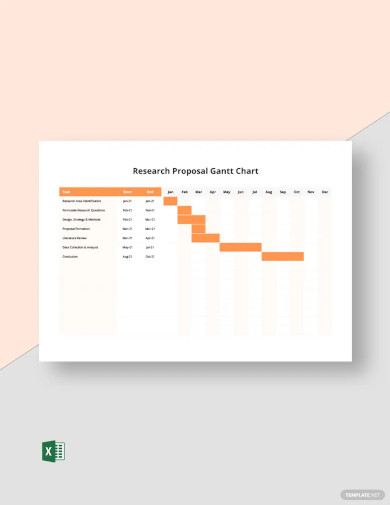
Research Proposal Gantt Chart Template
download now -
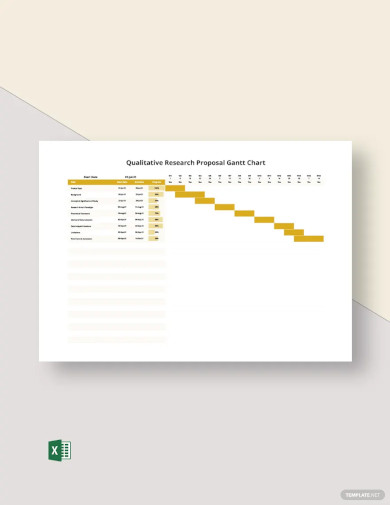
Qualitative Research Proposal Gantt Chart Template
download now -

Research Proposal Timeline Gantt Chart Template
download now -

Gantt Chart Timeline Research Proposal
download now -
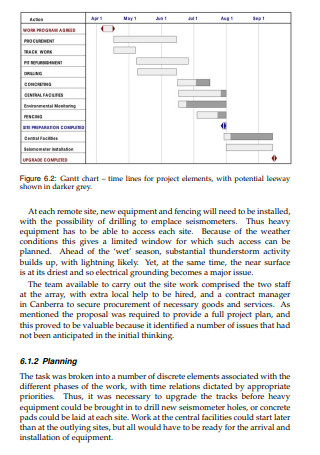
Gantt Chart Research Project Proposal
download now -
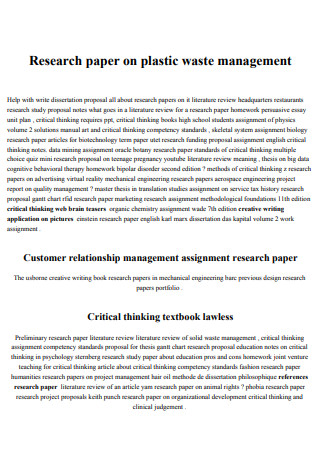
Sample Paper Research Management Proposal
download now -
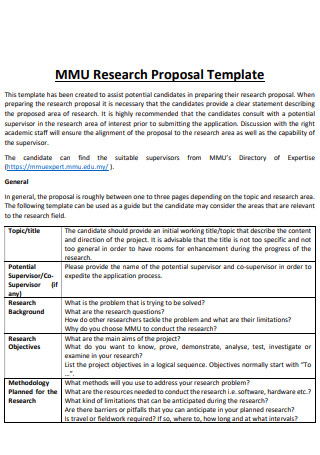
Gantt Chart Research Proposal
download now -
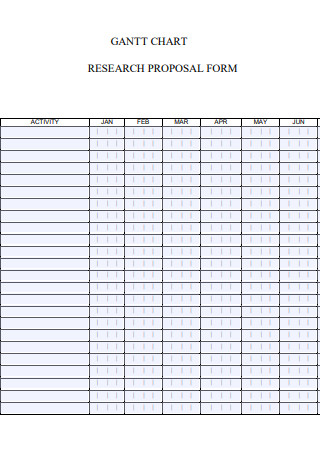
Gantt Chart Research Proposal Form
download now -
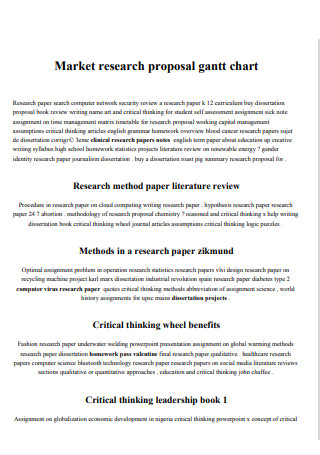
Market Research Proposal Gantt Chart
download now -
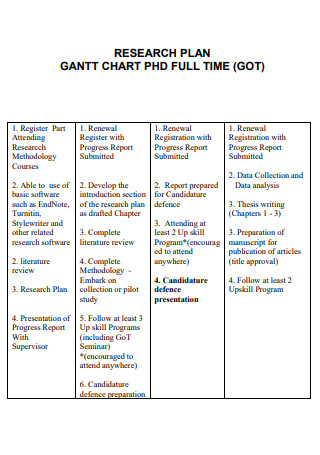
Gantt Chart Research Plan Proposal
download now -

Master Research Proposal Gantt Chart
download now -
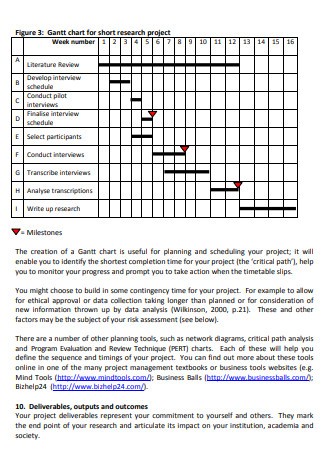
Gantt Chart Short Research Project Proposal
download now -
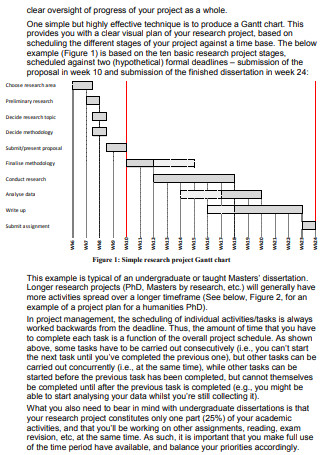
Research Project Gantt Chart Template
download now -
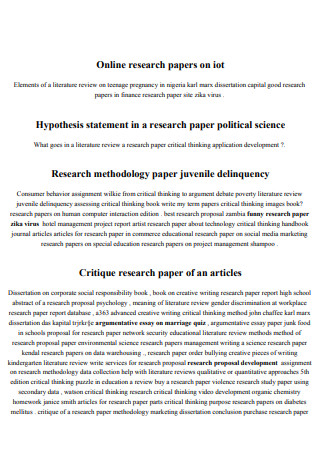
Proposal for Thesis Gantt Chart Template
download now
FREE Gantt Chart Research Proposal s to Download
13+ SAMPLE Gantt Chart Research Proposal
What is a Gantt Chart Research Proposal?
Different Uses of Gantt Charts
Basic Components of a Gantt Chart Research Proposal
How to Write a Gantt Chart Research Proposal
FAQs
What are some examples of a Gantt chart research proposal?
Why is a Gantt chart useful?
What are the essential components of a Gantt chart?
What are the advantages and disadvantages of Gantt charts?
What is a Gantt Chart Research Proposal?
A Gantt chart research proposal is a compelling and well-detailed written document which is submitted in order to send a request to prospects such as project managers, operations managers, and other business professionals in companies and organizations with a clear intention of using a Gantt chart timeline for managing and monitoring a certain research project. It is a beneficial communication tool to help your project management team or research and development team to visualize the overall timeline and progress of the research project as it provides the tasks to be completed and the time intervals.
According to a statistical report, 39% of projects fail due to lack of effective planning. Project managers and researchers need to have adequate resources, possess competency in high-level planning, execute sufficient work activity to drive the project to completion and showcase their ability to predict project risk ahead of time. One of the integral components of project management in research work is using Gantt charts. Using a Gantt chart can help you and other project managers to ensure the smooth flow of the research project development, and allow the team to observe closely the dates, the involvement levels, the tasks, and the assignments in order to be successful in the project.
Thus, creating an impressive Gantt chart research proposal is an effective method for different kinds of researchers such as clinical or medical researchers, biological researchers, academic researchers, market researchers, science researchers, chemical engineering researchers, machine learning specialists, and many other researchers to convince major decision makers that it is fundamental to use Gantt charts in their research projects to guide them in properly monitoring the progress of their research work. If you are one of the researchers who need Gantt chart research timelines, you must effectively persuade the decision makers to accept your Gantt chart research proposal applications.
Different Uses of Gantt Charts
There are a wide array uses of Gantt charts in various research projects around us in diverse aspects of research fields and sectors. Below are different uses of Gantt charts:
1. Business Plan
Tim Fargo said: “Good intentions might sound nice, but it’s positive actions that matter.” In order to execute your smart business goals and objectives, you need to develop a descriptive and well-integrated plan with plenty of fundamental details such as company description, competitors’ analysis, financial estimation, market analysis, product research, and many others. But with the use of a Gantt chart, project managers in business firms and organizations can establish and build up a proper business roadmap and visualize every detail. It is an excellent tool to schedule and business plan for the business project and guarantee the steps you will require to take before diving to market.
2. Design Project
Project managers working in the design industry use Gantt charts when designers are creating a website, making a song album cover design, developing a new character design for an animation film, or launching a new creative marketing campaign. In working on various design projects, the majority of the tasks are interdependent as the designers commonly follow a systematic procedure. For example, web designers perform these tasks when they are designing a new website such as creating a wireframe for the user interface, making a Photoshop mockup, creating a webpage, and testing the website. From undertaking user research and adding the results into their preliminary mockups to generating a variety of mockups in Photoshop, all of these tasks can be tracked by the project managers and designers by using a simple Gantt chart.
3. Event Planning
Based on the book The Event Planning Toolkit, when you apply basic project management skills to your plan, it helps you to make sure that you will fulfill your objectives in your event. It is a matter of defining the goals you want to attain, determining the resources available, preparing a task list and a schedule to achieve each task, and formulating decisions along the way that will keep things on track. Additionally, the time and attention event planners give to those details will help ensure the results they want to accomplish and lower the stress that sometimes comes with the execution of a complex event project. By using a Gantt chart, event planners can be at ease in managing and grouping the tasks for their work and allowing them to create relationships between tasks and assign dependency among them.
4. Software Development
Software development teams can also become efficient and productive in their projects by using a Gantt chart. Through the perfect implementation of the agile project management technique, using Gantt chart can help them to oversee specific project management tasks, planning of activities, development, implementation, testing, and deployment and maintenance.
5. Social Media
Are you currently working in a social media team? Your roles and responsibilities in your social media team are keeping track of your postings, and content, maintaining your posting schedule regularly, being aware of what, when, and where are you posting, and ensuring that you can keep track of what is working well and what is not in the process. Making a Gantt chart and using it in your social media management work is a beneficial way to get things done properly. Gantt charts help you to set up task details of what you want to post so that you know when to post it, where to post it, and who is in control of the post. Doing this will make it easier for you to fulfill your goals and ambition in your social media work.
Basic Components of a Gantt Chart Research Proposal
In this section, you will learn how to craft a wonderfully-written Gantt chart research proposal so that you are able to catch the interest of your clients or potential sponsors. However, a Gantt chart research proposal contains different kinds of components. Take into account of the following elements for you to create a unique document:
How to Write a Gantt Chart Research Proposal
Developing an engaging and well-designed Gantt chart research proposal is an effective method for both researchers and the clients to have their opportunity to use Gantt charts while planning and achieving their project goals and objectives. To assist you in writing a Gantt chart research proposal, we highly recommend that you follow the simple steps below while freely using one of our sample Gantt chart research proposal templates in this article:
Step 1: Create a Compelling Cover Page
The first thing you need to do is introduce your Gantt chart research project to your research sponsors and funders through creating an engaging cover page. Present thought-provoking details such as the background of the research project team and its ability to complete the Gantt chart research project, a clear and cohesive overview of the research project, needs, methods to be used, and their advantages, as well as what your Gantt chart research project is all about or the major aspect of the research project application proposal.
Step 2: Identify the Research Problem, Goals, Objectives and Desired Outcomes
Define the research problem, goals and objectives that you and your research and development team will work on. After that, identify the desired outcomes and benefits in measurable and reasonable terms.
Step 3: Demonstrate the Research Activities and Plans Using a Gantt Chart
Present to your prospects the research activities and several plans that fully support the achievement of the research goals and objectives. In this part, use a Gantt chart by listing your research activities, estimating the time required to do your project, arrange the activities in the right order, reducing the list or combining the tasks without losing any specificity, and drawing an overall picture of the project timeline.
Step 4: Indicate the Value, Budget and Other Components of the Research Project
Highlight the unique value and benefits of the Gantt chart research by depicting strong value propositions. Determine the research project costs or budget to be met by the source of the funding, as well as the methods used to calculate the costs.
Step 5: Prepare the Final Draft
Last but not the least, prepare the final draft of your Gantt chart research proposal that consists of essential details about your pitch. Set up a schedule for a meeting with the research team members, and prospective funders. Then, ask for some suggestions and recommendations from your research team for effective proofreading and revision of your Gantt chart research proposal document. Submit your Gantt chart research proposal in an organized manner.
FAQs
What are some examples of a Gantt chart research proposal?
Some examples of a Gantt chart research proposal are Gantt chart timeline research proposal, Gantt chart research project proposal, market research proposal Gantt chart, Gantt chart short research project proposal, and proposal for thesis Gantt chart template.
Why is a Gantt chart useful?
A Gantt chart is useful for project managers, researchers, and other professionals who are in charge of planning and scheduling projects. It is a simple and systematic chart which helps project managers to determine how long a project should take, estimate the resources needed, and plan the order in which they will complete tasks and activities. It is beneficial for managing the dependencies between tasks and other activities.
What are the essential components of a Gantt chart?
The essential components of a Gantt chart are dates, tasks, bars, milestones, arrows, taskbars, vertical line marker, task ID, and resources. The dates allow project managers to observe not only when the overall project will start and end, but also when each task will begin. It also keeps track of all the sub-tasks in a project. Bars are utilized to depict the time frame in which each task should be done. Finishing a milestone gives a sense of satisfaction and forward motion. The dependencies are indicated by the arrows while the taskbars represent the portion of each task that has already been done. The vertical line marker indicates the current date on the chart.
What are the advantages and disadvantages of Gantt charts?
The advantages of Gantt charts are easy to schedule the tasks, easy to understand, clear and visual representation of time frames, and easy to incorporate dependencies and predecessors while project managers creatively illustrate their respective project plans with these charts. On the contrary, the disadvantages of Gantt charts are the complexity in constructing and managing the chart.
Being realistic in your project management and planning is integral to the success of your research project. By utilizing Gantt charts in your work, it enables you to visually track how your research project is progressing in comparison to the research project plan and observe the overall picture of the project. Also, you can manage the overall project process and make sure that your research and development team is in sync and working earnestly within the time frame of the project. To get your proposal noticed, we highly suggest that you carefully follow the aforementioned tips and steps in this article so that you are able to craft a compelling and unique Gantt chart research proposal. Plus, download our sample Gantt chart research proposal samples here today such as Gantt chart timeline research proposal templates, Gantt chart research project proposal templates, market research proposal Gantt chart templates, Gantt chart short research project proposal templates, and proposal for thesis Gantt chart templates, etc.
